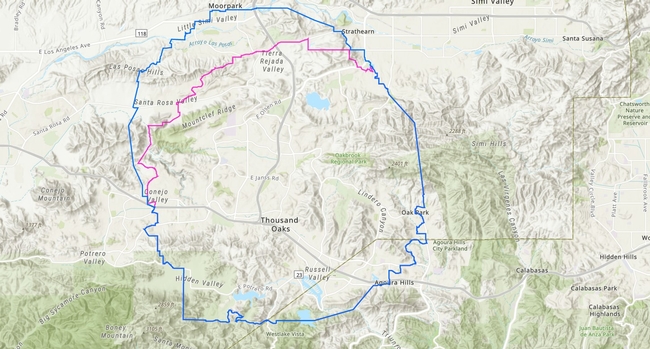An agricultural quarantine in Ventura County, due to the discovery of a potentially destructive insect pests, has been expanded. The quarantine was declared in parts of Ventura County in October following the discovery of two Queensland Fruit Flies (QFF). The flies are native to Australia.
The Ventura County quarantine is the first one ever in the United States. They are extremely destructive, laying eggs in a variety of fruits and vegetables, and destroying the produce in the process.
Because of the mild climate, Californias are able to grow and enjoy some of the best produce I the world. Actually, many countries depend on Calfirnia-grown products. Is through the surveillance and vigialance effort of the Calfornia Department of Food and AGriducltture that thise abundant food supply is protected. One fo the biggest threst to CAlfiornia agrulgulture is th exotic fruit fly. They cn enter the country by land, sea or air. These invasive pest can werak havoc on farms, orchards and backyard produce. Over 270 crops area at risk of being infected by various species of fruit flies.
The quarantine was expanded from 76 to 90 square miles after the recent discovery of a third fly. The finds have been in the Conejo Valley. The flies were found in residential trees, but there are about 3400 acres of commercial farmland in the quarantine area. A major trapping program is underway to limit the spread of the flies, with some limited pesticide spraying occurring. The adult fly is moved by humans and the wind. The larvae (the "worm" stage) is mainly moved by moving the fruit - by humans, that is.
On the map, the original limit of the quarantine was the red line, but as now been expanded to the whole blue line area.

-
Mediterranean fruit fly: Los Angeles County, Leimert Park Area
-
Oriental fruit fly: San Bernardino and Riverside Counties, Redlands and Yucaipa Areas
-
Oriental fruit fly: Sacramento County, Rancho Cordova Area
-
Oriental fruit fly: Contra Costa County, Brentwood Area
-
Oriental fruit fly: Santa Clara County, Santa Clara Area
-
Queensland fruit fly: Ventura and Los Angeles Counties, Thousand Oaks Area
Options for Host Fruit and Vegetables-Processing
To prevent the spread of fruit flies via infested homegrown fruits and vegetables, residents and people moving through the fruit fly eradication area are urged not to move any fruits or vegetables from their property. Fruits and vegetables may be consumed or processed (i.e. juiced, frozen, cooked, or ground in the garbage disposal) at the property of origin. If they are not consumed or processed, dispose of them by double-bagging them in plastic bags and putting the bags in the garbage bin for collection.
Eradication Procedure
To eradicate exotic fruit fly infestations, CDFA uses an organically-formulated version of the pesticide called spinosad. Spinosad is used for organic crop production in California to control a variety of pests. It is mixed with a bait that is selectively attractive to fruit flies. The bait is applied as a paste that the fly eats, resulting in death. Before CDFA applies the material in the quarantine area, the homeowner will be contacted. The official registration label is available for viewing here:
https://ucanr.edu/sites/fruitandnut/files/74136.pdf
To report a suspected infestation of fruit fly larvae in homegrown produce, call the CDFA pest hotline at 1-800-491-1899. Growers with questions and concerns are urged to contact their local agricultural commissioner's office. More information about the flies and their treatment can be found at the CDFA website - www.cdfa.ca.gov/plant.